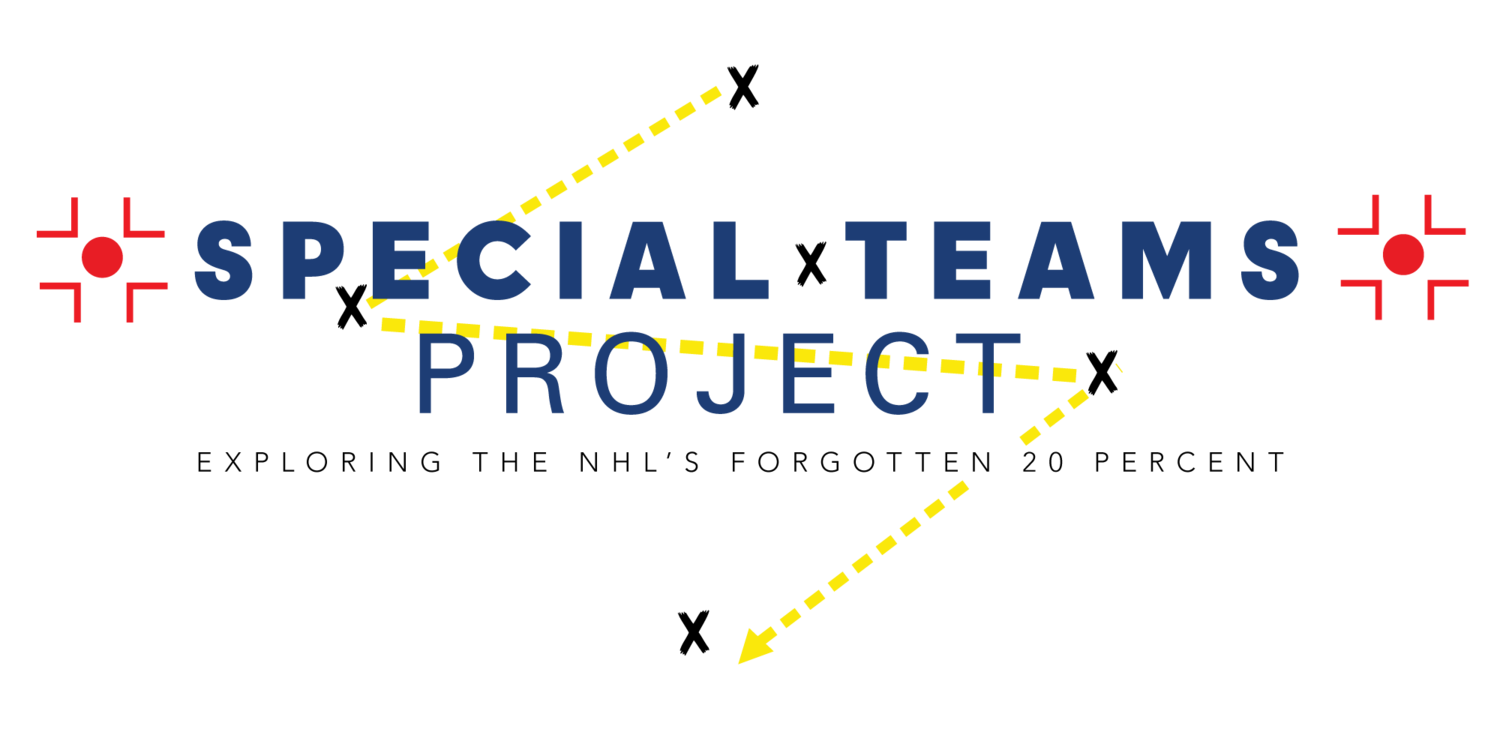Predicting Year-to-Year Power Play Success
Yesterday over at Hockey Graphs, I recapped the history of NHL special teams analytics, while updating some of the predictive studies on the subject. I found a disturbing trend, that it appears to be becoming harder to predict power plays success — or at the very least, over the past couple of years, doing so has been very difficult.
But I only addressed in-season predictions, and I wanted to get a full picture, so I quickly pulled the numbers on which metrics worked best to predict a power play in the offseason. Now this exercise is very difficult to begin with because of coaching changes, personnel swaps, and scheme adaptations, but here’s what I got.
As you can see, by the time we have a full season of data on a power play, it appears GF60 is the best measure of how good it is, although it’s important to note that an r^2 value of 0.117 means that this year’s power play results account for under 12 percent of the variance in next year’s results. Put another way, one would have to regress this year’s GF60 on the PP by 88 percent towards the mean to predict next year’s results.
So as an example, using a single metric (and very rough numbers), the best guess at the Washington’s Capitals’ power play percentage for this year based on last year’s numbers would have been 20 percent. The league average last year was ~19 percent, and the Capitals were above 25 percent. The Caps haven’t been lower than 23.4 percent since the 2011-2012 season, and are again above 25 percent this year. I think it’s fair to say existing single metrics just won’t get it done in terms of analyzing power plays year-to-year.

